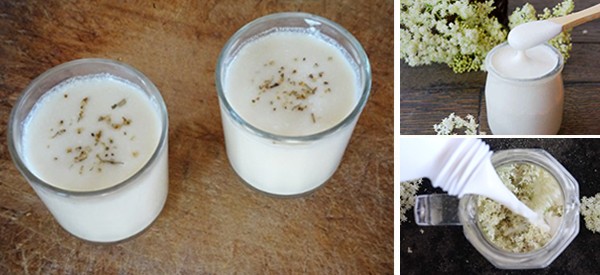
Probiotic Elderflower Kefir Recipe
By combining elderflower with a probiotic you get to consume two healthy foods at once, plus the elderflower adds a lovely subtle flavor. The recipe I am going to show you today blends elderflower with milk kefir grains, one of the most potent sources of probiotics available.
Once you get this recipe on the go, it’s simple to make a new batch in minutes so that you always have some kefir ready to drink.
Medicinal Benefits Of This Elderflower Probiotic
By infusing milk kefir with elderflower, you will get a very healthy drink. Elderflower and kefir both have powerful nutrients and different qualities. Let’s look at elderflower first, then kefir.
Health Benefits Of Elderflower
Elderflower is high in antioxidants so is good for boosting your immune system in general. It also contains other useful properties and can help prevent and/or treat these health conditions:
- Diabetes – it can function like insulin and lower blood sugar levels.
 Flu– it has antiviral properties so can fight viruses like the flu and protect you against contracting it.
Flu– it has antiviral properties so can fight viruses like the flu and protect you against contracting it.- Cancer – could have the potential to fight cancer due to its bioflavonoids (flavones and flavonols).
- Heart disease – it contains a powerful antioxidant known as quercetin which protects the body from oxidative stress, a large contributing factor to heart disease.
One thing to note about the elder plant is that only the flowers and berries should be consumed. The leaves, bark, and seeds are toxic. For this reason, I always steep the dried flowers in boiling water just in case some bark, etc. gets mixed up with the flowers and finds its way into the packet. You can also use fresh elderflowers if you have them growing nearby but the fresh flowers are reportedly harsher on the stomach.
Related: How To Forage Elderflower For A Super Simple Cordial (Video)
Health Benefits Of Milk Kefir
Milk kefir is known for promoting healthy gut bacteria. Eating a diet with plenty of different species of bacteria contributes to better health in many areas and not just benefiting your stomach. As a fermented drink, kefir is a great source of probiotic bacteria and it’s widely agreed that it’s even more powerful as a probiotic than yogurt. Kefir also has other excellent nutritional compounds including phosphorus, Vitamins B2 / B12 / K2, and calcium.
Some of the medical conditions that kefir can help prevent and/or treat include:
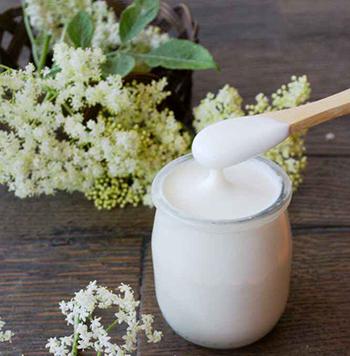
- Osteoporosis – when consuming full-fat kefir, it can enhance bone health and strength because it is high in calcium. The Vitamin K2 it contains further supports your body’s ability to absorb calcium too.
- Cancer – the probiotics can reduce cancer cell growth, protecting against cancer.
- Diabetes – can help with blood sugar level management by lowering fasting blood sugar levels.
- Cholesterol – the probiotics help dictate how much cholesterol is absorbed from food and can lower bad cholesterol levels.
How To Make This Elderflower Kefir Probiotic
This recipe will have approximately 160 calories if you use regular cow’s milk (whole). This will obviously vary depending on the brand you purchase. When making kefir, use fresh animal milk (cow, goat, or sheep), and full-fat to achieve the best results. However, you can use coconut milk but it will take longer to ferment and the grains will weaken over time unless you “feed” – soak them in – some animal milk again which will refresh them.
Ingredients
- Milk kefir grains

- Dried elderflowers (I usually dry my own elderflowers but you can also purchase dried elderflowers online or from health stores) * you can also use fresh elderflowers.
- Fresh milk (animal – cow, goat, or sheep)
You will need 1 teaspoon of milk kefir grains for every cup of milk you use so adjust the ratio accordingly, depending on what quantity you need in your household. The quantities I used were:
- 2 x Tablespoons of milk kefir grains
- 1 x Tablespoon of dried elderflowers
- ½ x Cup of water
- 4 x Cups of fresh milk
Utensils
- Plastic or bamboo colander

Plastic or wooden spoon
- Glass jar
- Cheesecloth or paper towel
- Elastic band
- Large non-metallic bowl
- Mug or vessel boiling water
It’s important to use non-metallic utensils because metal can be detrimental to your kefir. Glass is the best option for storing your kefir while it’s cultivating.
Method
If you are using fresh milk kefir grains for the first time you will need to activate them first. You do this by placing the grains in a glass jar and pouring milk over them then fastening a lid, leaving them to sit at room temperature (in the dark) for 24 hours. Strain the milk out and place the grains back in the jar with more milk. This process can take anywhere from 2-5 days. You will notice the consistency of the milk becomes slightly thicker, like drinking yogurt. Check the instructions for any specifics on how to activate your grains. Once activated, you can follow the instructions below to make this elderflower probiotic.
If you already have grains on the go you can follow these steps to make an elderflower probiotic.
- Add milk kefir grains to the vessel (glass jar) you will store them in. (In the image, I am reusing grains from the previous batch and the same jar).

- Pour in the appropriate quantity of milk and cover the jar with several layers of cheesecloth or a piece of paper towel and secure it with an elastic band.

- Leave your kefir mix in a dark space (usually a cupboard or pantry) for 12-24 hours. How long you leave it will depend on the temperature. If it’s particularly warm, 12 hours may be sufficient but 24 hours is usually a good amount of time. It’s ideal if the room temperature is between 60°F to 90°F.
- On day 2, when your kefir has been sitting at room temperature long enough, prepare your elderflower. Boil a small amount of water then pour it over the dried elderflowers. Let it sit for 30 minutes so it steeps and cools.

- Take your kefir mix and strain it using your colander over a large bowl. You will need to push it down with a spoon and swirl the grains with the spoon to separate the grains from the milk. You can use your milk kefir grains that you strained and start a new batch by repeating the process from step 1.

- Now you’re going to do a second ferment and this is the time to add flavors (like elderflower). Strain and pour the elderflower water into the kefir milk and stir, discarding the used elderflowers.


- Pour or scoop the milk and elderflower water back into the glass jar. Note: you only need to clean your jar once a week by rinsing it out with running water and not using detergent.

- Cover it with a tight lid this time or plastic wrap and let it sit at room temperature for another 12-24 hours.
- Once it’s ready, you can pop it in the fridge and drink it whenever you like. You might like to enjoy your kefir with fruit or add other spices or flavors before taking it too.

It will last up to three weeks in the fridge and two months plus in the freezer. Since kefir grains are living probiotics you will notice that your kefir consistency and strength will vary between batches due to temperature and the fact that the grains gain strength with time. You may like to play around with the fermentation time to get the taste and strength that you prefer.
The second ferment isn’t an essential step and many people ferment their kefir for 12-24 hours without opting for a second ferment. This is completely fine when making kefir but there are some great health benefits from leaving it out again, plus it removes more lactose if that’s an important factor for you. It also means that your kefir will be even richer in probiotic bacteria, boosting its nutritional value further. Another added benefit is that it gets less sour with the second ferment.
If you need to take a break from making kefir because you’re going away (or for whatever reason) you can store the grains in a container in the fridge covered with milk for up to two weeks. You will need to reactivate them when ready for reuse as they are virtually dormant when kept in the cold. Simply take them out and strain the milk, then store them for 24 hours with new milk at room temp, then strain them, and leave them out again with new milk. This process may need to be repeated for up to 5 days (but 2 is often enough), or until you see the milk is thickening. Then you can follow the steps above to make kefir once again.
It’s recommended that you should drink up to 1 cup per day. As you can reuse the grains, they will continue to grow over time so you will find yourself with a surplus and can share extra grains with friends and family.
You may also like:
 DIY Elderflower And Rosehip Salve
DIY Elderflower And Rosehip Salve








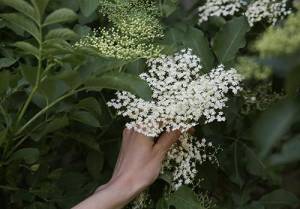 Flu– it has antiviral properties so can fight viruses like the flu and protect you against contracting it.
Flu– it has antiviral properties so can fight viruses like the flu and protect you against contracting it.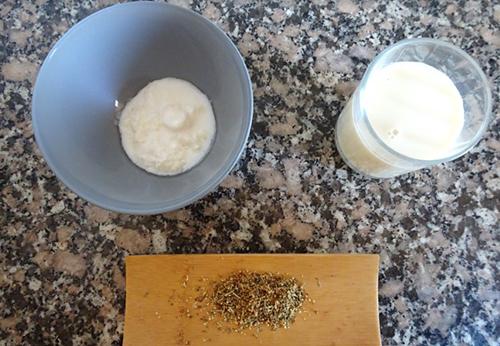
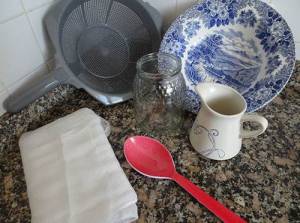
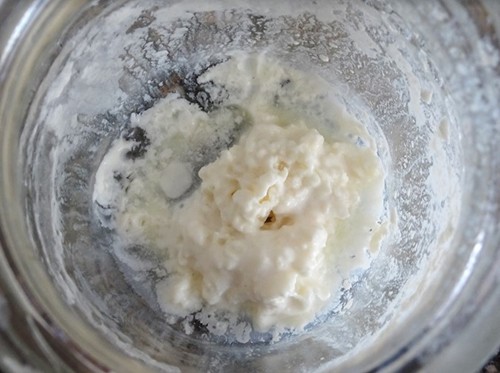
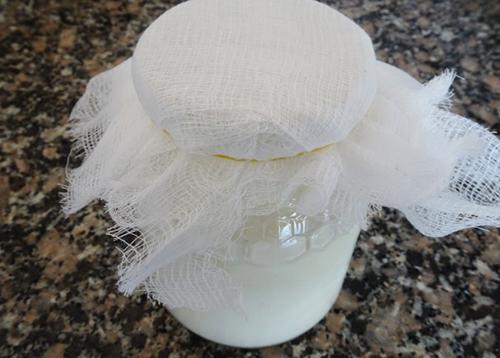
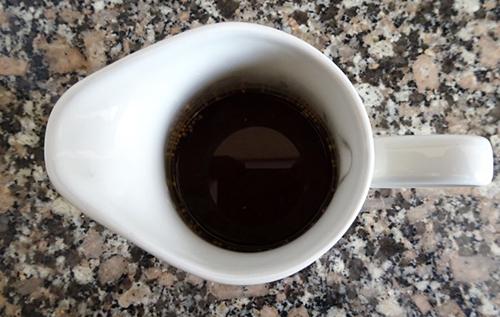
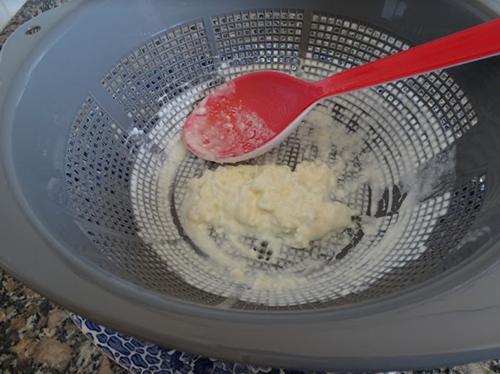
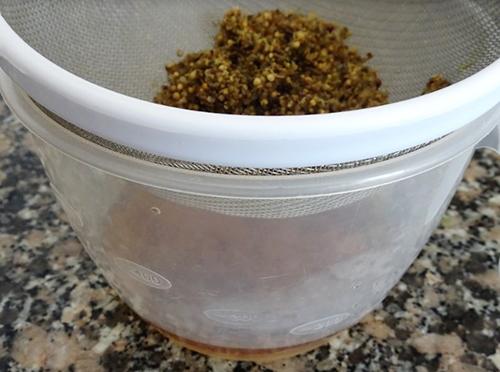
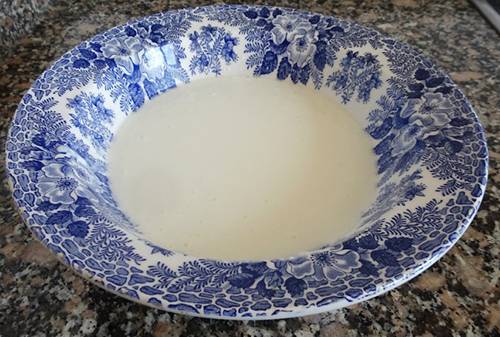
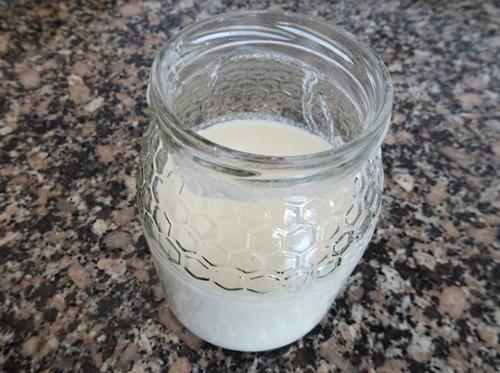
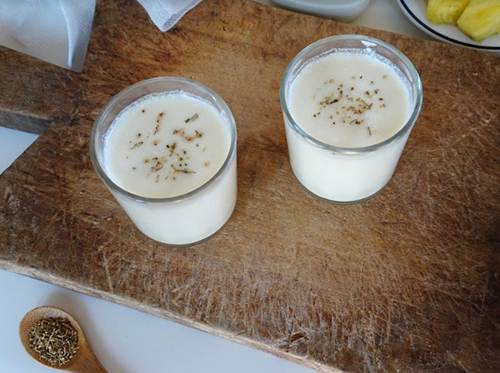
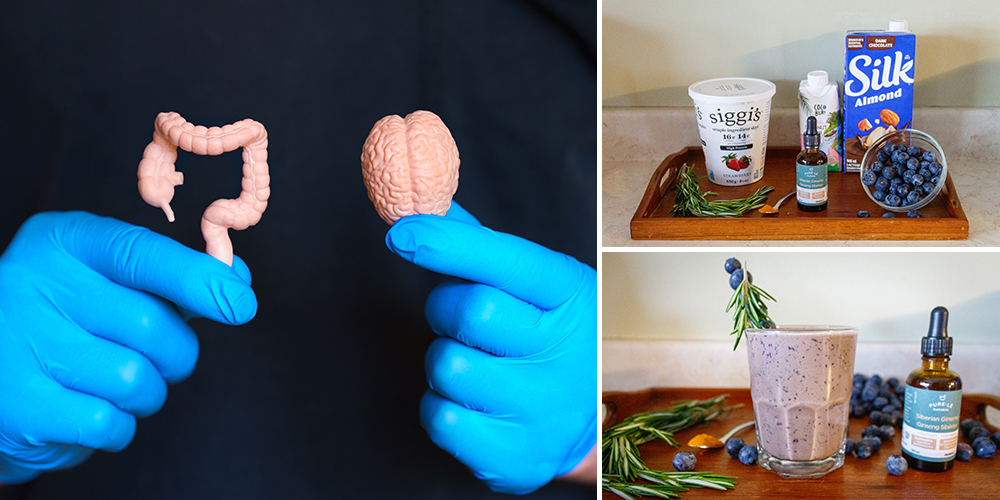
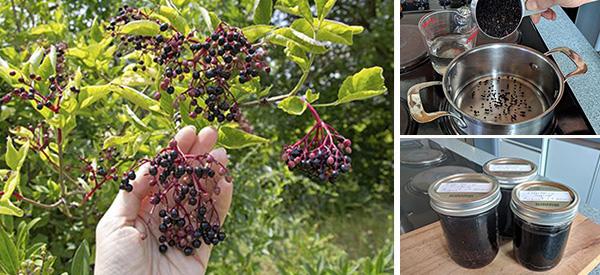
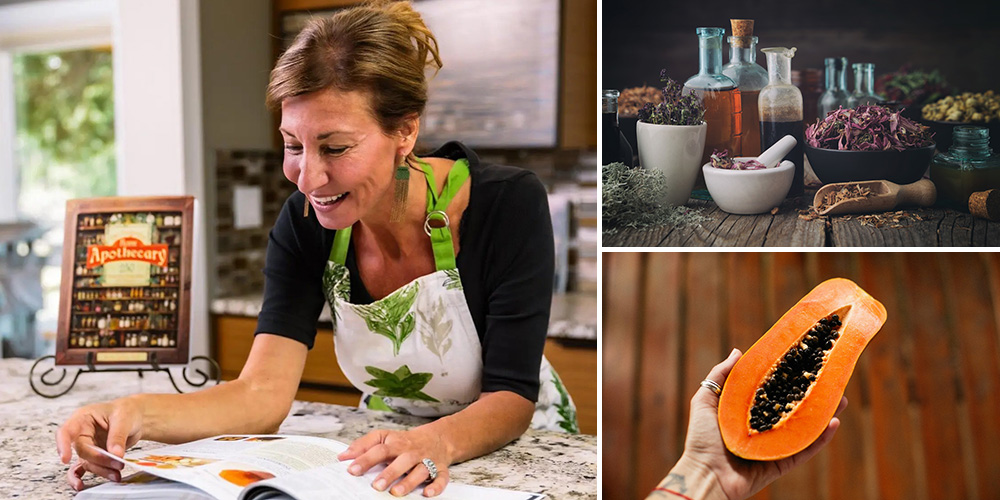
I paid for this subscription but honestly iam very dissatisfied with the material.Is it possible to get get a proper book to read.Idefinetly feel like i got a raw deal in this arrangement
Hi Ruth,
Thank you so much for purchasing The Lost Book of Herbal Remedies.
This blog is just a complementary resource. Here you’ll discover extremely detailed step-by-step instructions and unique video tutorials for making, using and preserving the most powerful natural remedies.
This information is not available anywhere else and it will greatly enhance what you already have in The Lost Book of Herbal Remedies at no extra cost. But you can always unsubscribe from the manage your subscription option. You can find it at the bottom of every email you receive.
Regarding your book order, please check your personal email. I sent you an email with a link that will give the possibility to access your purchase again.
Many blessings and good health!
When I did my subscription I thought a hard copy book was to be included as well. Never received one
Hi Virginia,
Thank you for your interest in our work.
Please check your personal email. I sent you an email with your order details.
Many blessings and good health!
What plant provides the elderflowers? I want to grow my own to harvest from and need to know what seeds to order.
Hi Pamela,
Common elderberry or American elder (Sambucus nigra L. ssp. Canadensis or just Sambucus canadensis) is a shrub that’s commonly found throughout most of North America.
You can find the shrubs available for sale at Garden Centers. Lowe’s and Hope Depot also sell them.
You can also find them online on Amazon or Etsy:
https://www.amazon.com/American-Beauties-Native-Plants-canadensis/dp/B06XQCLJ4X/
https://www.etsy.com/listing/798648123/elderberry-bush-american-elderberry
Many blessings and good health!
Can you do this with water kefir? I know you won’t get the osteoporosis benefits but I don’t use animal products. Thanks
Good question Adele. We also have water kefir since we don’t do any dairy products and would love to know if it will work with the water Kefir.
Hi,
Yes, you can also use Water Kefir Grains to make this natural gut-healthy recipe. Just prepare your Water Kefir as usual and add the elderflowers according to the recipe above.
Many blessings and good health!
Perfect, thank you. Vegan here so no dairy x x
Hi! I don’t have this in my backyard :(. Any suggestions on where to buy these? Thank you
Thank you for your emails as well ❤️
Hi Marie,
Dried elderflowers are available online on Amazon, Etsy, and many health stores. It is best to use Google to find one that delivers to your area. Here’s one that delivers in the US and Canada:
https://mountainroseherbs.com/elder-flowers
Many blessings and good health!
Can I use dried elderberries and coconut milk??
Milk kefir grains
https://amzn.to/3mm1Xr0
Elderberry flowers
https://amzn.to/3NWfvFA
Hello, I have an abundance of dried elderberries. May I use those instead of the flowers?
Hi Daniella,
Elderflower and elderberries contain some of the same things since they both come from the same tree. Their difference is in how they interact with the body.
The elderflower is commonly used as a flavoring in extract form.
It is intensely floral and contains notes of passionfruit, citrus, and vanilla. In comparison, the elderberry is mainly fruity and tart.
As with many culinar and medicinal substitutions, whether you can replace one ingredient with another depends on what you want from them.
Elderflower and elderberry do have some of the same chemical compounds, so you may be able to make a substitution if are trying to treat a health problem. You will have to cook elderberries if you want to use them as alternatives to elderflowers. Raw elderberries contain toxins that can make you sick.
Many blessings and good health!
Thank you for the excellent explanation!
One more question, it seems like if you are continuously making this, you waste a lot of milk. Could you activate the grains with “not so good milk” and then use organic milk for the actual Kefir?
You do an excellent job in all these links. I look forward to trying this .
Is there some way of making this informaton printer friendly? I am, admittedly, a little computer challenged and the only way I have found is taking MULTIPLE screen shots and printing off. This makes for a multipaged document aside from being time consuming. Am I just not seeing the “print” button?
Hi Marilyn,
Thank you for taking the time to write this and for pointing out these issues.
We do have a Print Button. You can find it at the end of each article, just before the comment section. You can save the articles in PDF or Word, however it does not include the images.
We work hard to give all of our readers a great experience, and we want to keep improving. I will talk to my team and we will do our best to make the Print Options customizable.
You can also right click your mouse and then choose the “Print Friendly” option at the bottom. This way you can print the text and the images.
Many blessings and good health!